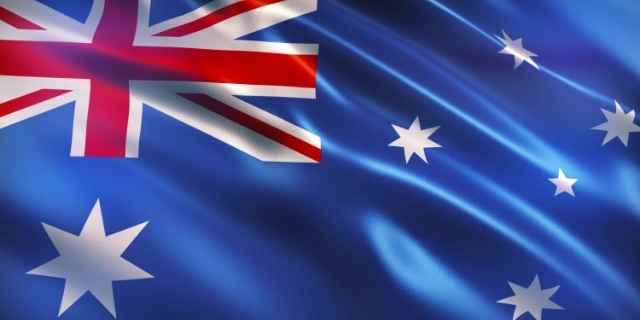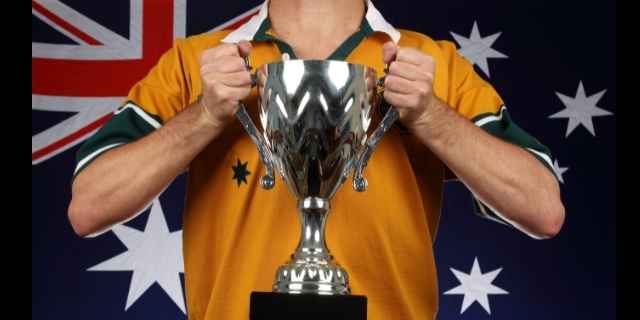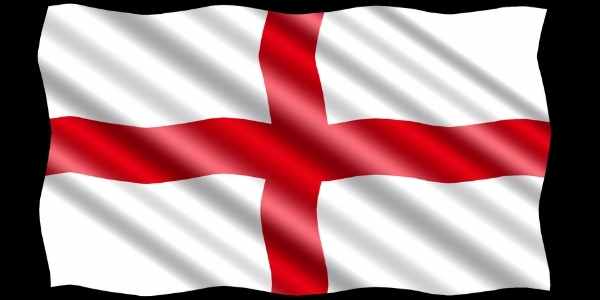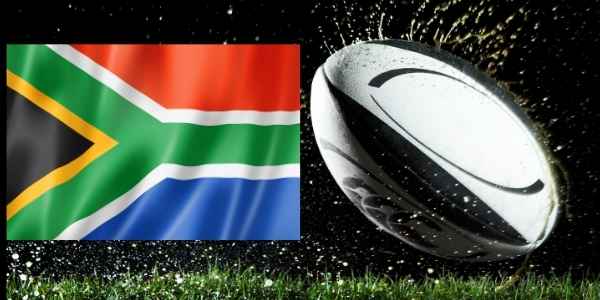Here is our pick of the world’s greatest wingers that we’ve seen play rugby. This article runs through their most memorable achievements and why they’ve made our cut.
You may be surprised by some omission, but we restricted selection from players since 1970 so that we have first-hand viewing experience.
That rules out legends of the game like George Nepia and Don Clarke of New Zealand. We also ruled out players who are still playing at the highest level.

Number #5: Shane Williams (Wales)
When the 21-year-old Shane Williams joined the Welsh club Neath in 1998, he was given 150 pounds and a banged-up old Ford Fiesta. The youngster was on cloud nine with his first pro contract.
After five years at Neath, Williams spent nine years as a start at Ospreys.
There were many who thought the diminutive 5’7’’ winger was too small to make it far. But the Welsh selectors gave him his first cap in 2000. A small winger has to be a superb attacker, and Williams was exactly that.
He had an electric side-step, swerve, and acceleration that left would-be tacklers grasping air. Williams also had a barely legal habit of hurdling tackles to great effect. There was a ripple of anticipation when he got the ball, especially after he drew worldwide attention in his first World Cup.
Announcing Himself on the International Stage
Steve Hansen coached Wales at the 2003 World Cup and he selected the young Williams on the wing against the All Blacks in a pool match.
Wales lost with a scoreline of 53-37, but Williams stole the show with scintillating breaks through the heart of the New Zealand defence. He topped his performance with a try out wide.
Grand Slams
Two years later, Shane Williams was a key part of Wales winning the Grand Slam in 2005. He started the campaign with the crucial try in a narrow 11-9 win against England. He tormented defenders throughout the tournament and scored two more tries along the way to the Slam.
His second Grand Slam was in 2008, a landmark year for the elusive winger. He scored six tries in the tournament, only England keeping him from crossing the whitewash. His final try against France broke the Welsh record for try-scoring.
Accolades
His stellar performances led to World Rugby crowning him as Player of the Year. He scored many more tries over the next few years.
In all, Williams scored 58 tries in 86 test matches, a phenomenal ratio. With two for the Lions against the Springboks in 2009, Williams is in the top ten list of all-time try-scorers.
Number #4: David Campese (Australia)

David Campese’s flame burnt brightest over ten years of a fourteen-year span playing test rugby.
Having played League in Australia, he burst onto the international Union scene when the Wallabies embarked on a tour of Europe in 1984.
Campese sliced through the defenses of England, Ireland, Scotland, and Wales. His haul of six tries contributed to Australia winning all their matches to take a Grand Slam.
Campese was carrying an injury through the 1987 World Cup. The Wallabies came up short in their semi-final against France and the mercurial winger was both praised and blamed.
He scored a try early in the second half by arriving at the perfect moment to take the final pass and score. But he also let a long kick bounce, with the French pouncing to snaffle the ball and get over for a try.
Campese’s defense was often criticized. Those of us who were neutrals simply enjoyed his unpredictable flair.
1991 World Cup triumph

His greatest achievement was winning the 1991 World Cup with the Wallabies. Campese was named Player Of The Tournament and his try-scoring tally was only equaled by Frenchman Jean-Baptiste Lafond.
He scored two tries in a one-point win against Ireland in the quarter-finals.
The semi-final against New Zealand is widely considered as Campese’s finest match. His try in that match was a fantastic solo run around bamboozled players.
But the match is perhaps better known for his over-the-shoulder flick-pass for Tim Horan to score.
Campese’s best contribution to the Wallaby win in the final was the mind-game he played with England in the days before the match. He castigated them for playing boring rugby.
If England had come out and played their natural game, they could well have won. But they switched their strategy in an ineffective way and the Wallabies were triumphant.
Where does Campese rank in the pantheon of Wallabies? Check out our list of the greatest Australian rugby players to find out.
Amateur to professional
David Campese was brash and outspoken in a time when rugby players tended to bash each other on the field and be predictable polite off it.
He hung up his boots a year after the sport officially turned professional.
But Campese was typically contemptuous of the authorities. We cover what he said in our compilation of Australian rugby quotes.
Number #3: Rory Underwood (England)

The flying England ace can’t top Jonah Lomu.
Being much smaller and lighter, Rory Underwood was a completely different winger. But he was still one of the best that the game has ever seen.
In fact, we picked him as our choice of the greatest England rugby winger of all time. You can read all about him at that link.
And where do we rate Underwood in the pantheon of other players to don the white shirt? Check out our rankings of the greatest England players.
Number #2: Brian Habana (South Africa)

Brian Habana played schoolboy rugby at centre when his coaches wanted to get the ball into his hands.
When he moved to the wing, he became the devastating world-class player that lit up the field.
He got his first cap in 2004 at twenty-one as a substitute wing against England. He came onto the field and scored his first try for the Springboks. There were sixty-six to go in 124 total caps!
The following year, he lit up the Tri-nations. The newcomer matched Dougie Howlett and Joe Rokocoko of the All Blacks as joint top try-scorers.
But it was the 2007 World Cup that cemented his legendary status. His brace of tries against Argentina in the semi-final let him match Jonah Lomu’s record for tries in a single World Cup.
The second try was a length-of-the-field run after a neat interception near the Springbok line.
The biggest surprise of the final was that Habana didn’t set a new try-scoring record. In fact, there were no tries in the match. South African fullback Percy Montgomery kicked the Springboks to a win.
But his impact was indisputable. World Rugby awarded him Player Of The Year.
Are you wondering where we rate Habana amongst the other great Springboks? Check out our list of the greatest South African rugby players to find out.
European exploits
South African fans got to see Habana scorch up the field for the Bulls and the Stormers.
In 2013, European fans got to see his value close up when he joined the French club Toulon. For the next few seasons, Habana was lightning for Toulon.
The French club won a domestic title and two European Championships with the outstanding winger.
Number #1: Jonah Lomu (New Zealand)

Jonah Lomu is one of the few players that fans outside the sport of rugby could immediately recognize.
Lomu combined the size of a lock with the genuine speed of a winger.
How fast was Jonah Lomu?
His school track days showed him reaching 33.3 km/h. You can compare that with the fastest players in rugby now (measured at the 2019 World Cup).
It’s faster than the average winger, and just a bit slower than the likes of Springbok flyer Cheslin Kolbe.
How big was Jonah Lomu?
Jonah stood 6’5’’ and tipped the scales at about 18 stone.
We looked at the average sizes by rugby position across the European professional tournaments in 2019. Lomu is about 3 ½ stone heavier than the average winger.
He’s closest to the size of a lock forward.
What was his impact?
You probably know that his impact was devastating from the time he (almost literally) burst onto the field.
He first made his name at the 1995 World Cup, during which he turned twenty years of age.
Lomu famously scored four tries against England in the semi-final.
His rampaging run for his first try saw him handing off players in white shirts before simply running straight, through, and over the hapless fullback, Mike Catt.
That was the start of the legend.
The humorous quips doing the rounds at the time was that the All Black team strategy was: “all you fourteen other guys, get the ball to Lomu”.
The Springboks devised a successful plan to double and triple-tackle Lomu right through the final. This let them get the better of the All Blacks.
Achievement

Early in his rugby career, Lomu got a diagnosis of a debilitating kidney condition that would eventually end his playing days.
That makes his further achievements even more astonishing. He scored tries in every match that the All Blacks played in the 1999 World Cup.
In the semi-final against France, he swatted one defender aside, swerved, and bulldozed through five French players to get over the line for his first try. That included the number eight who was just shoved onto his back.
That was the first of Lomu’s brace.
The French fullback Garbajosa had died his hair blonde for the event. In Lomu’s next rampaging run, the fullback was very noticeable as he deftly moved out of the big man’s path toward the line.
However, his two tries weren’t enough to give New Zealand the edge over a defiant France.
The following year, Lomu scored the deciding try in the opening Tri-nations match against a strong Australia.
The All Blacks weren’t the all-conquering force they would soon become but Lomu helped them end in second place behind the Wallabies.
So, where do we rank Lomu amongst the other legendary players from New Zealand? Check out our list of the greatest All Blacks to find out.
Adversity
Over the next few years, his kidney condition was starting to affect his performance. But he never made excuses, even when consigned to the bench or out of the squad.
His medical condition at times required dialysis three times a week. It seems to have been sheer willpower that kept him lacing up his boots.
After a kidney transplant in 2004, he spent some time out of the game. He returned but had the bad luck of a shoulder injury and a broken ankle. But he kept trying to reclaim the precious All Blacks jersey.
He finally retired in 2007. The rugby world was devastated in 2015 when news spread of his death from a heart attack.
More About Wingers
If you’re fascinated by the typical flair position, check out our article on the role of wingers in rugby. There’s more to it than looking good while scoring tries!
Collectively, the two wingers and the fullback are known as the back three. And some of the wingers on our list have also taken the fifteen jersey. Check out our list of the greatest fullbacks in rugby.